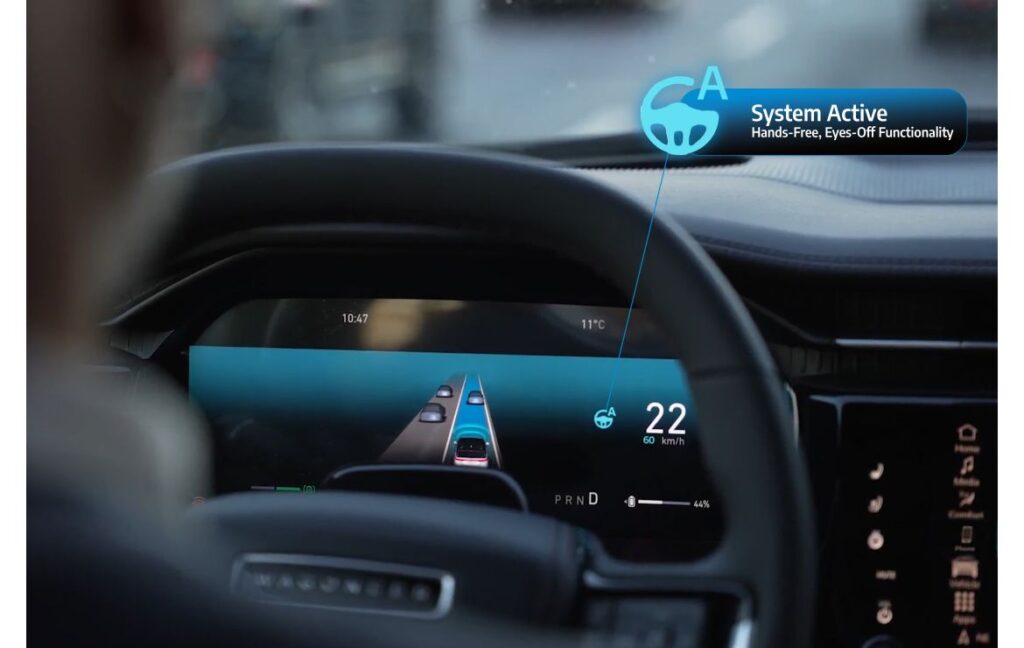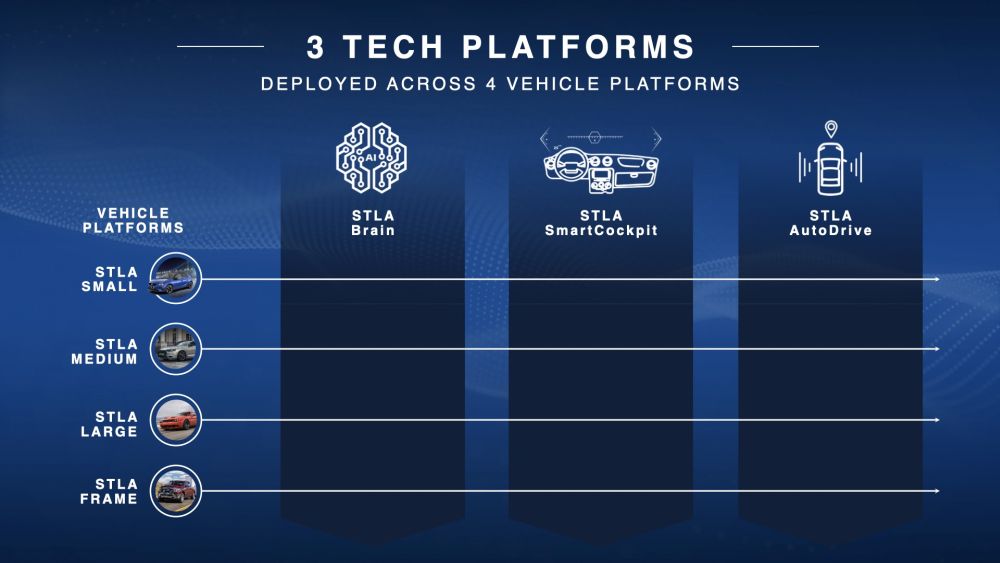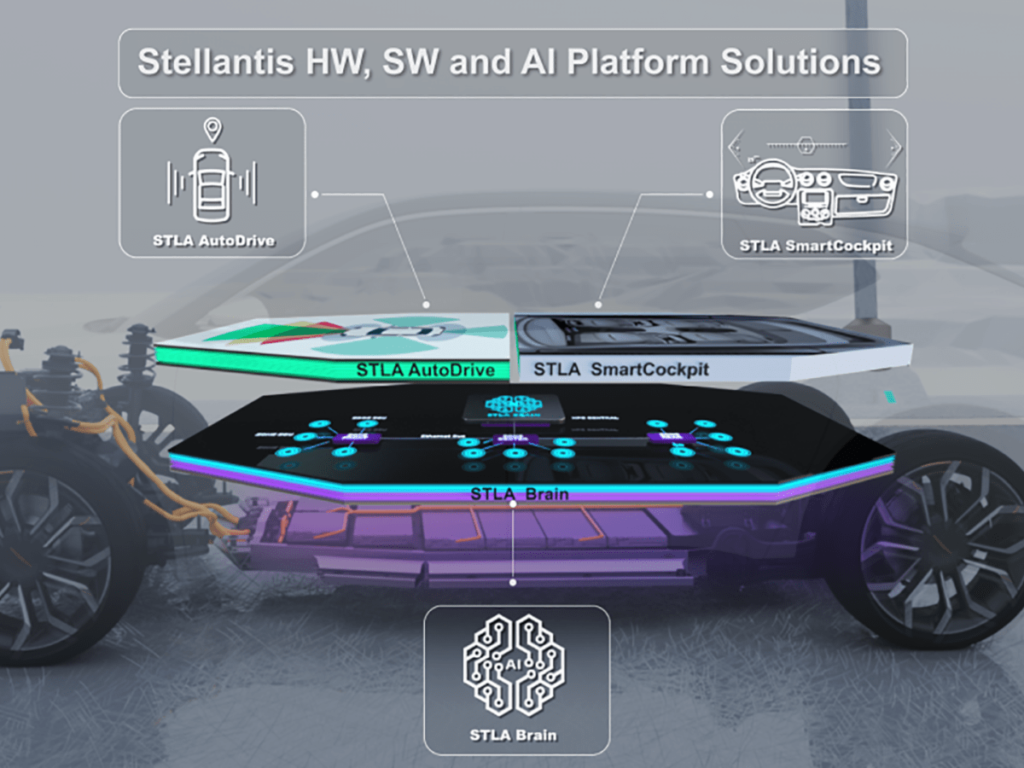Stellantis, parent company of Jeep, Dodge, and Ram, has announced its first “hands-free, eyes-off” partially autonomous driving system, STLA AutoDrive, aimed at easing stop-and-go traffic. However, due to market and regulatory challenges, the company has yet to confirm a rollout timeline or which models will receive the technology.
Market Challenges and Delayed Rollout
“The technology is fully developed and ready,” said Stellantis spokesperson Dan Reid. “However, the current market for Level 3 autonomous driving is very limited. We have decided to hold off until conditions are more favorable.”
SAE defines Level 3 automation as allowing the vehicle to handle most driving tasks, though the driver must remain ready to take over. Experts warn that disengaged drivers may react poorly in emergencies, increasing risks.

Capabilities and Limitations
Despite concerns, automakers continue pursuing Level 3 systems, particularly for low-speed traffic. STLA AutoDrive spans hands-on Level 2 to hands-off, eyes-off Level 3+ and can function at night and in poor weather. Currently, it operates at speeds under 60 km/h (37 mph), with plans to increase that limit to 95 km/h (59 mph) and introduce off-road functionality.
The system uses self-cleaning cameras, radar, and ultrasonic sensors, which also support blind-spot detection, lane-keeping, and parking assistance.

Growing Competition in Autonomous Tech
Stellantis joins rivals like Mercedes-Benz, Ford, GM, and Honda in Level 3 development, though consumer availability remains limited due to regulations and safety concerns.
While companies like Waymo focus on full Level 4 autonomy, traditional automakers see partial automation as a convenience feature rather than a safety necessity. Studies suggest that drivers re-engaging after prolonged disengagement may react unpredictably, creating potential hazards.
Despite risks, automakers continue investing in Level 2 and 3 systems as profitable add-ons. Stellantis appears ready to launch STLA AutoDrive when the market allows.


